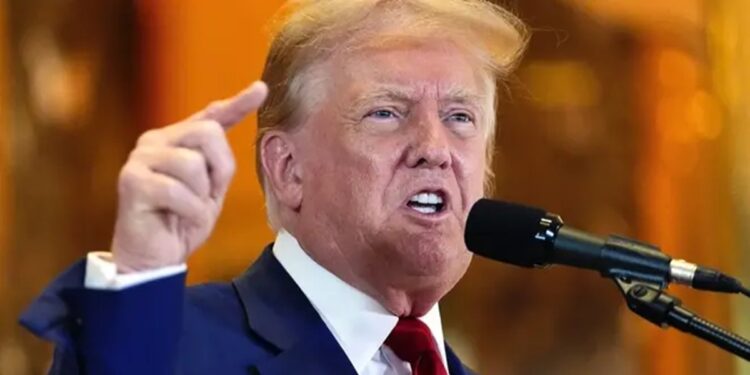On Saturday, US President Donald Trump is all set to impose new tariffs on China, Mexico and Canada. The tariffs will hit Canada and Mexico with a 25 per cent charge, while goods from China will face a 10 per cent tariff, potentially driving up prices for US consumers. White House Press Secretary Karoline Leavitt confirmed the move, stating, “Starting tomorrow, those tariffs will be in place. These are promises made and promises kept by the president.”
The tariffs are aimed at pressuring neighbouring countries to take stronger action against illegal immigration and the smuggling of chemicals used in fentanyl production. Trump has also cited the tariffs as a means of boosting domestic manufacturing and raising federal revenues. These tariffs carry both political and economic risks for Trump, who recently assumed the Oval Office following a historic comeback.
However, the tariffs pose both political and economic risks, especially after Trump’s historic return to the White House. Critics have raised concerns about the impact of these measures on US allies and global trade. Senate Democratic Leader Chuck Schumer of New York criticised the move, saying, “We should be focused on going hard against competitors who rig the game, like China, rather than attacking our allies. If these tariffs go into full effect, they will raise prices for everything from groceries to cars to gas, making it even harder for middle-class families to get by.”Trump had also hinted at a potential exemption for oil imports from Canada and Mexico, suggesting a possible reduction in tariffs for oil. “I’m probably going to reduce the tariff a little bit on that,” he said, indicating a potential decrease to 10 per cent.
The US President also announced plans for more tariffs shortly, including on computer chips, oil and gas, copper, and imports from the European Union. “We think we’re going to bring it down to 10 per cent,” Trump said, adding that additional tariffs could come as soon as February 17.

















Comments